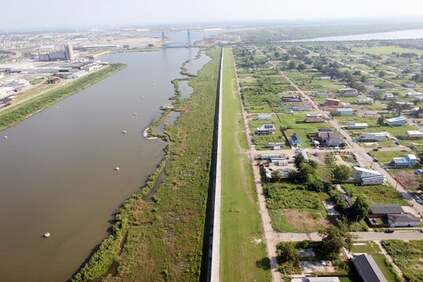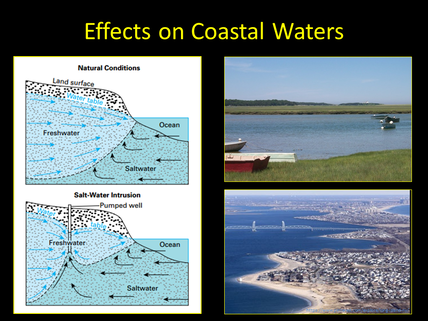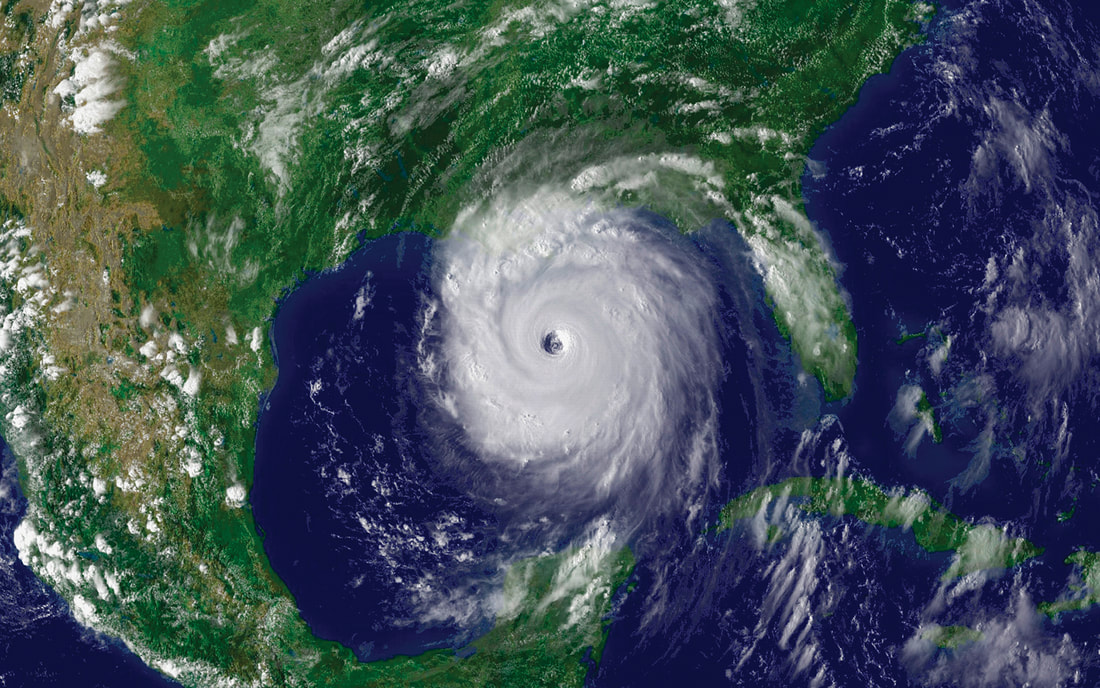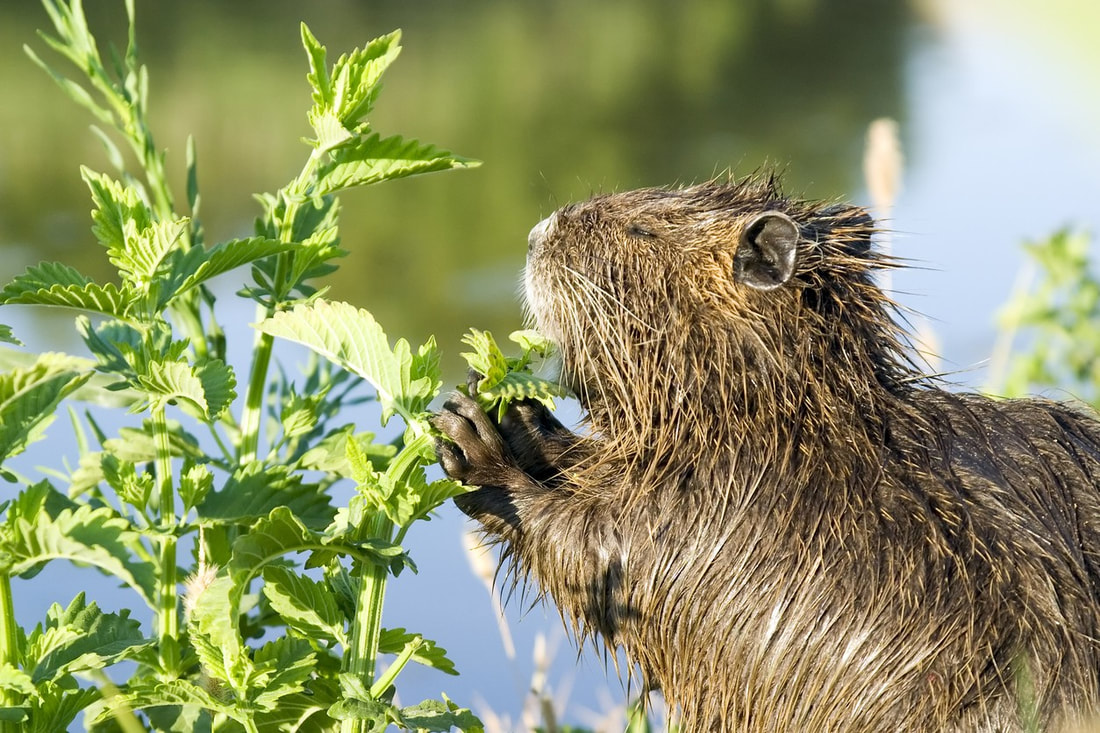|
Leveeing of the Mississippi River One of the most significant causes of land loss is the building of levees and flood control structures along the Mississippi River. Raising levees along the banks of the river prevented flooding and the deposition of sediment in the coastal marshes. Rather than being deposited in nearby wetlands or marshes, the sediment is either drained back into the Mississippi River or is trapped behind locks and dams on the Missouri, Mississippi and Ohio Rivers. Shipping Channels and Canals/Oil and Gas Infrastructure The dredging and excavation of navigation channels and oil field canals in the wetlands create pathways that lead directily into freshwater or low saline environments. Saltwater Intrusion leads to saltier condition in which freshwater vegetation cannot tolerate; thus, they die. As the plant roots are no longer there to hold soil in place, erosion can occur more easily. Additionally, thousands of miles of oil and gas canals have been dug to accommodate energy infrastructure and extraction, altering the natural hydrology, disrupting the salinity balance and killing the vegetation of freshwater wetlands, repeating this ongoing cycle. Sea Level Rise/Subsidence Scientists say that the level of the world’s oceans will rise from one to three feet over the next century. Rising seas combined with subsiding land make the threat of submergence even greater for the Mississippi River Delta and coastal Louisiana. According to the U.S. Geological Survey, subsidence, the sinking of land, has accounted for 53% of land loss in Louisiana’s deltaic plain over the past century. Hurricanes Storm surge from Hurricanes Katrina and Rita destroyed hundreds of square miles of coastal wetlands in a matter of days. The damage they wrought from flooding and storm surge was made worse by the previous loss of miles of protective wetlands. The continued loss of wetlands will make coastal communities such as New Orleans even more vulnerable to future storms and hurricanes. Invasive Species Out of the various invasive species, two stand out the most. First, the nutria are ravenous rodents that eat the roots of wetland marsh plants and devour cypress seedlings. Second, feral hogs have also become a serious problem, destroying wetlands through aggressive foraging. |




